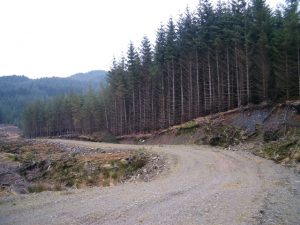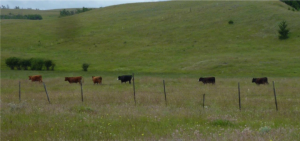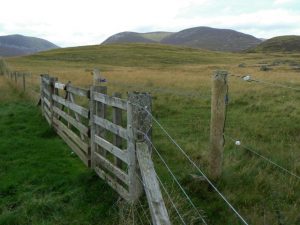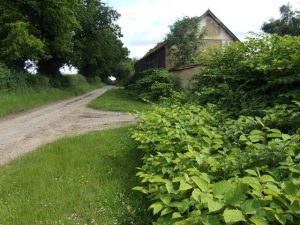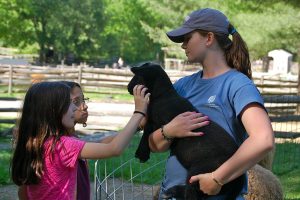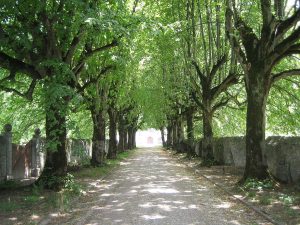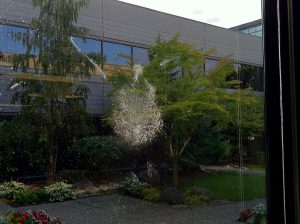Soil Erosion on Sloping Agricultural Lands in the Middle Mountains of Nepal
The Hindu Kush-Himalayas are known for their mountains (including Sagarmatha the highest peak in the world), and their diversity of flora, fauna and culture. However, these mountain ranges are also known for environmental issues, including media reports on deforestation, soil erosion and downstream flooding.
Soil Quality of Forest Landings
Forest landings are areas of cutblocks where harvested trees are processed and loaded onto trucks. Their construction involves removal of topsoil and leveling. Soil degradation on landings may be so extensive as to completely prevent tree growth;
Effects of Long-Term Grazing on Rangeland Soil Quality in Southern BC
Before the 1970s the traditional grazing system on rangelands in the southern interior of British Columbia (BC) consisted of extended periods of fall and spring grazing without any rest, which resulted in deterioration of the rangeland ecosystems.
Alligator Skin Handbags
Alligator and other reptile skins are some of the earliest worn pieces of clothing in history. The use of fur and skins in clothing is a result of the want to use the whole animal, rather than waste part of it. Along with this, the toughness and warmth the skins and furs provided the early wearers of these materials with the promise of warmth and durability. Throughout the years this worry became non-existent to the general population, and those in the middle or upper class with more secure financial means raised the demand for luxury furs and skins
Winter Feeding of Deer in Chicago
Populations of wild deer in the Great Lakes states are quite large due to feeding and the lack of natural predators. Illinois, Michigan and Wisconsin are good destinations for recreational hunters where hunting is used as one of the means for population control. Deer can be a nuisance in certain areas as they sometimes overgraze and prevent the regeneration of natural vegetation or urban residents’ ornamentals.
Invasive Species
Invasive species are non-native plants, often introduced by humans, that are capable of spreading and have negative effects on human health, the economy, and the ecosystems which they invade. Invasive species can cause infrastructure damage and they are notorious for damaging the agricultural industry. The development of globalization has increased the pathways and ease by which invasive species can spread into areas.
Raptor Nests on Power Poles
Raptor use of power-line structures has been documented globally for activities such as nesting, roosting, hunting, feeding and establishing territorial boundaries. This creates challenges and opportunities. One challenge is that electrocution of birds on power-line structures is thought to be a cause of decline in raptor populations in some areas, including in populations of threatened species.
Marine Aquaria & Zoological Gardens
Captive animals in zoos and aquariums are taken form their original habitat they rely on, and then are put into an artificial environment, which are considered to be suitable for them to live in by human beings. This happens all around the world, because the huge profit brought by numerous tourists in zoos and aquariums, and for the sake of education. In fact, the earliest zoo was discovered in Egypt in 35th century BC, when the largest Egypt urban centre was built.
How Street Trees Can Save Our Cities
Cities around the world are looking for ways to improve the livability of their cities and street trees are a common and important remedy for urban planning departments. The initial appeal of street trees is the beauty they can bring to an area that could be devoid of non-concrete materials. However, street trees can also serve a community beyond the aesthetics of greenery within an urban space, as agents of more practical contributions to the health of the city.
Urban Architecture To Aid Bird Conservation
Bird species conservation in urban ecosystems urban landscapes is a potent issue with the exponential increase of the human population and the expanding urban settlements being built around the world. Naturally, countries with higher development rates have larger numbers of high-rise buildings and establishments that result in urban problems for birds. Moreover, this issue is more pertinent in the metropolitan cities that are densely populated and have advanced infrastructure that interferes with the flying patterns of birds.

